Pick efficient lenses for cute newborn photos at any angle.
A professional lens for newborn photography can give you better focus, light, and detail. This is essential when it comes to photographing newborns as they have such delicate features that need to be captured with precision.
Babies lenses can help you get the right angle and perspective for your images. For example, a medium telephoto lens is great for shooting posed newborn photos. It allows you to shoot in tight spaces and capture those adorable shots of the baby laying in her parents' arms.
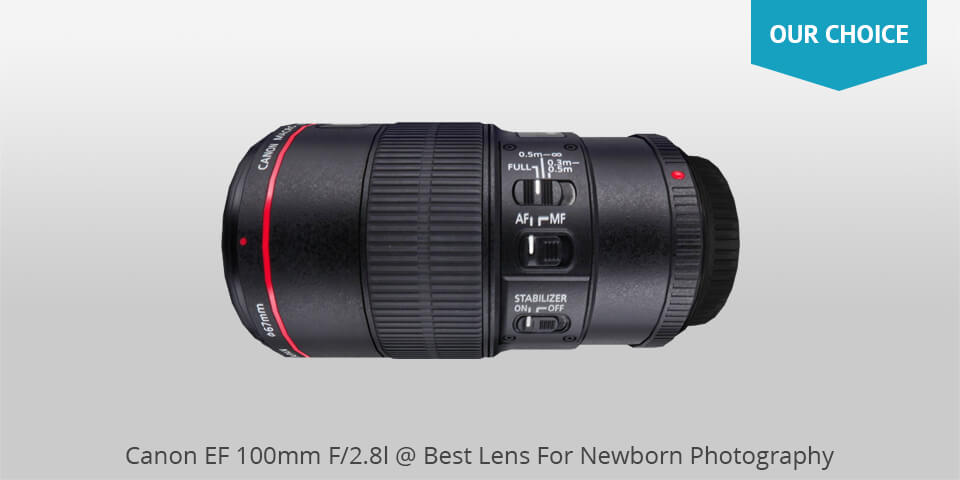
The Canon EF 100mm f/2.8L lens is my best choice for newborn shooting using my Canon camera. Its construction consists of 15 elements in 12 groups, making it a great Canon model for capturing sharp and detailed images of newborns.
With a 23.4-degree diagonal angle of view, this lens is perfect for portrait photography. The lens has an inner focusing system with USM and a full-time manual focus option, which makes it easy to get the perfect shot every time.

Photo by Canon EF 100mm f/2.8L
The lens has an inner focusing system with USM and a full-time manual focus option, which makes it easy to get the perfect shot every time.
The great advantage about this Canon lens is that it is one of Canon's first lenses to have a Hybrid Image Stabilizer system that compensates both angular and shift-shake, which is especially helpful when working with newborns who may move around a lot during the shoot.

Overall, the Canon EF 50mm f/1.2 L lens is an excellent choice for any Canon camera for newborn photography. Its main characteristics are its large maximum aperture, smooth background blur, and more. This babies lens is perfect for capturing the delicate features of newborns and their expressions.
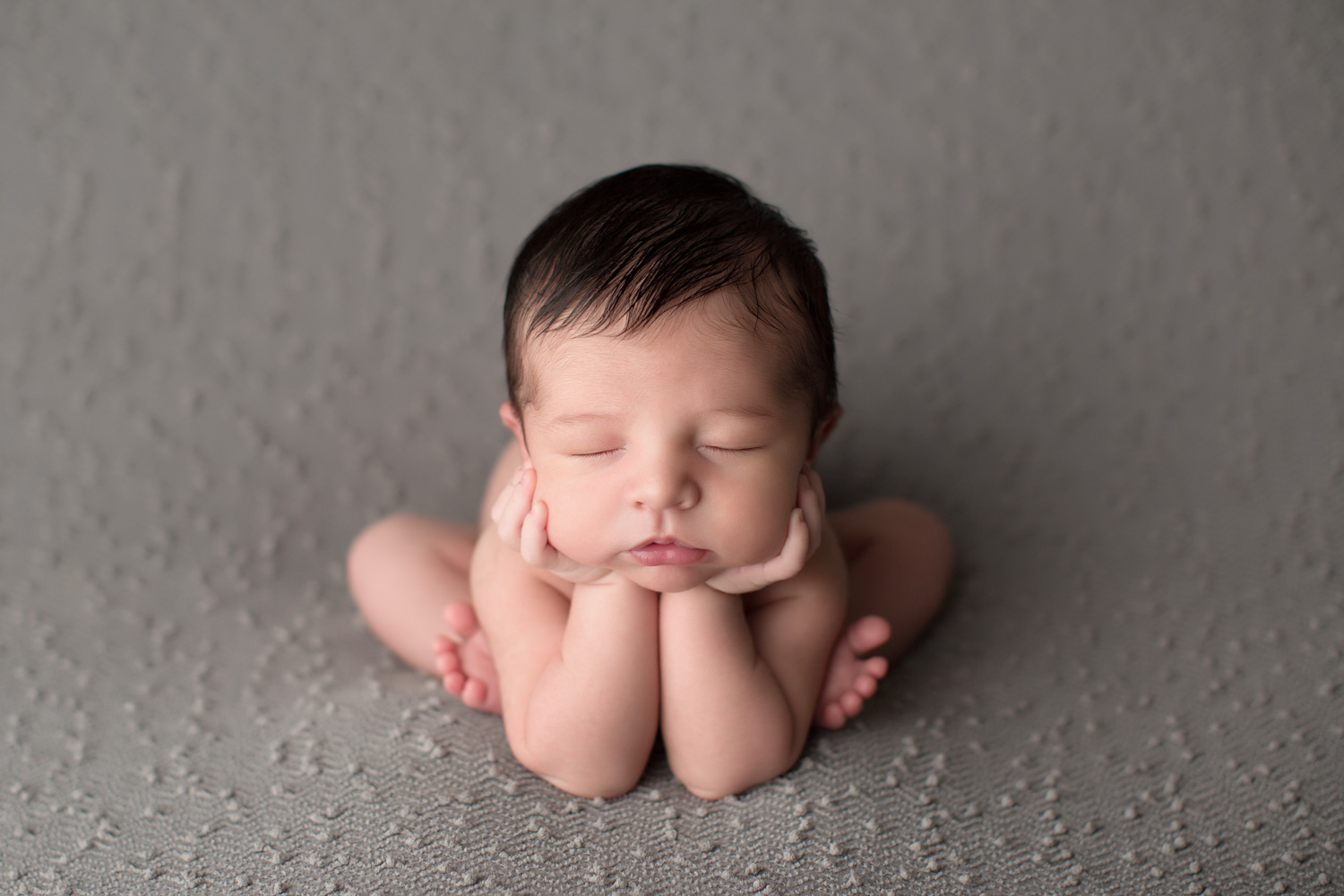
Photo by Canon EF 50mm f/1.2 L
The lens's high refraction glass molded aspherical lens element minimizes spherical aberration, allowing me to capture finer details and maintain superior image quality. With this lens, I can create smooth backgrounds with beautiful bokeh and shallow depth of field, enhancing the image quality of images.
The autofocus is fast and quiet, and it has a manual focus override which is always helpful when working with babies.
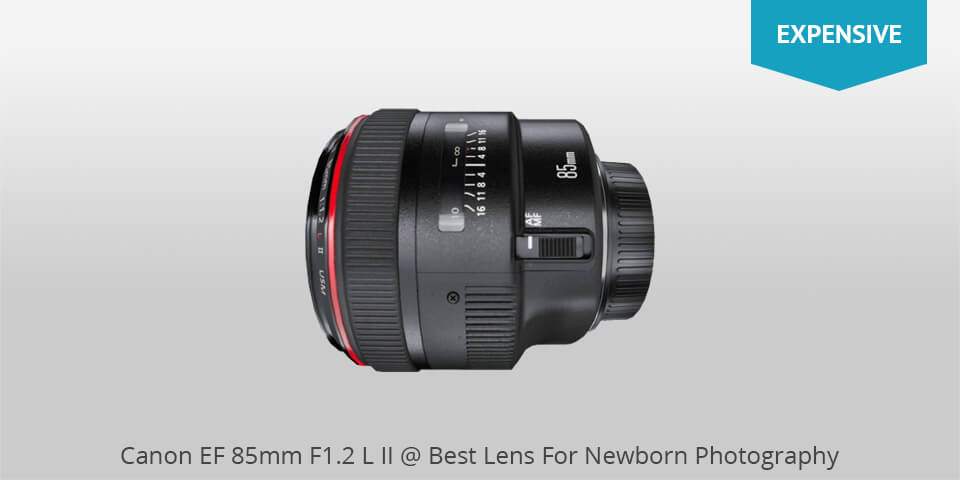
One of the main advantages of this stunning lens is its versatility, making it an ideal choice for both indoor and outdoor shoots. It performs exceptionally well in low light environments, making it a favorite among newborn photographers.
The shallow depth of field allows for stunning portraits and close-ups, with the subject standing out from the background and improving baby shooting.
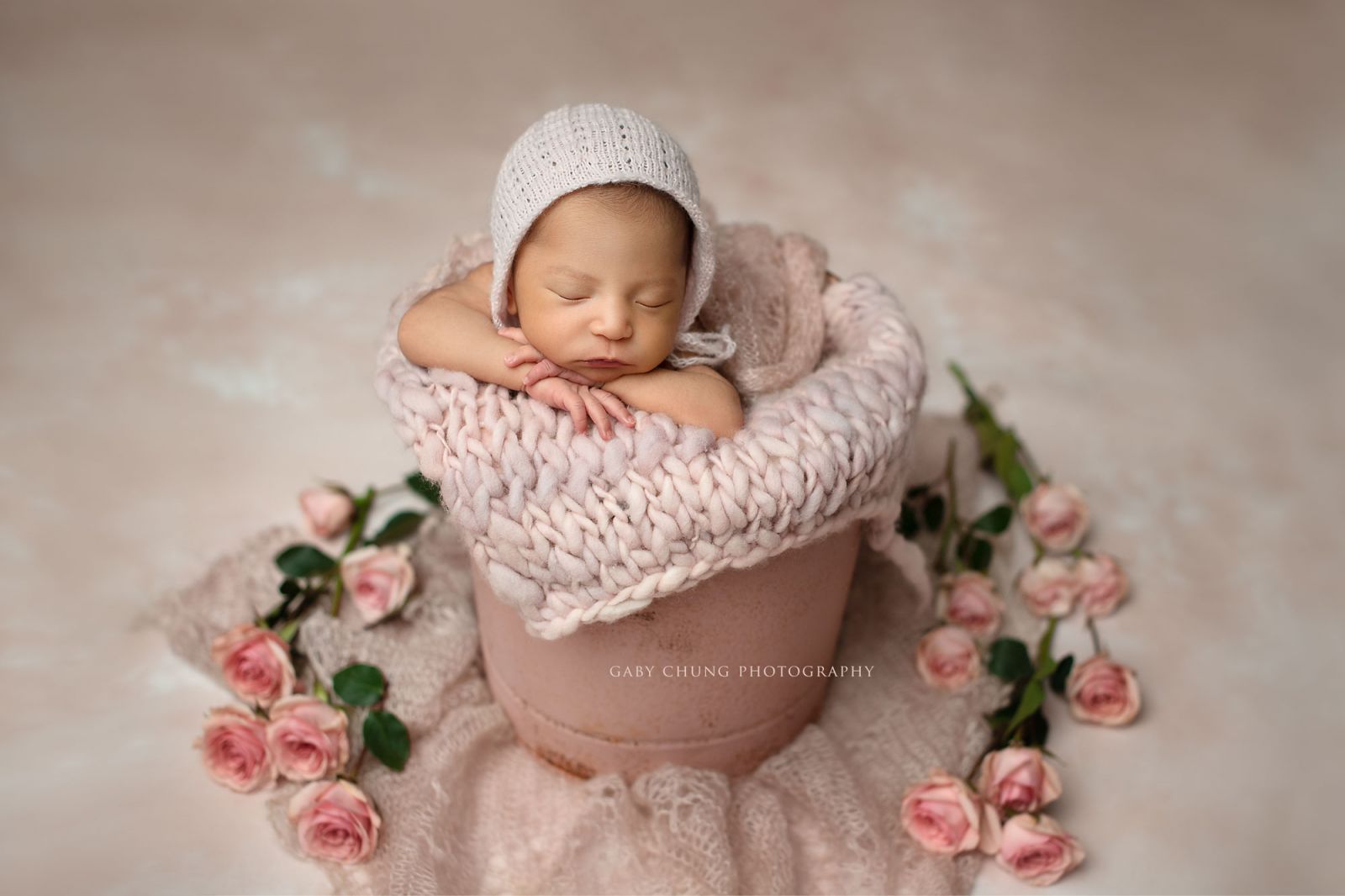
Photo by Canon EF 85mm f1.2 L II
Additionally, the lens' lightweight and compact design make it easy to handle when working with newborns, allowing for even more stunning shots. The silent wave motor is also a great feature, allowing for quick and quiet focusing without disturbing the baby, making it an essential tool for any newborn photographer.
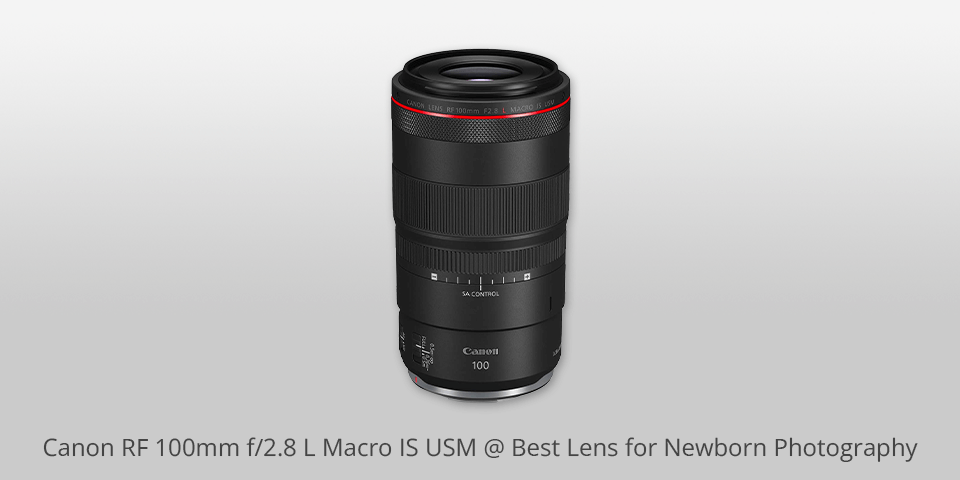
This lens is definitely a game-changer for capturing those tiny details of newborns, making it an excellent choice for photographers who need to shoot newborn photo ideas with macro lenses.
Its versatile focal length, fast aperture, and image stabilization technology all combine to give you the best results possible in a variety of situations, and it's affordable for photographers who are just starting out with macro gear.

Photo by Canon RF 100mm f/2.8 L Macro IS USM
Additionally, it's sharp at every aperture, and even diffraction effects are minimal, which is great for those looking to get the most out of lenses. In my standard geometric distortion test, the Canon RF 100mm f/2.8 has a very minimal amount of pincushion distortion, which is a big deal for lenses used in newborn photography.
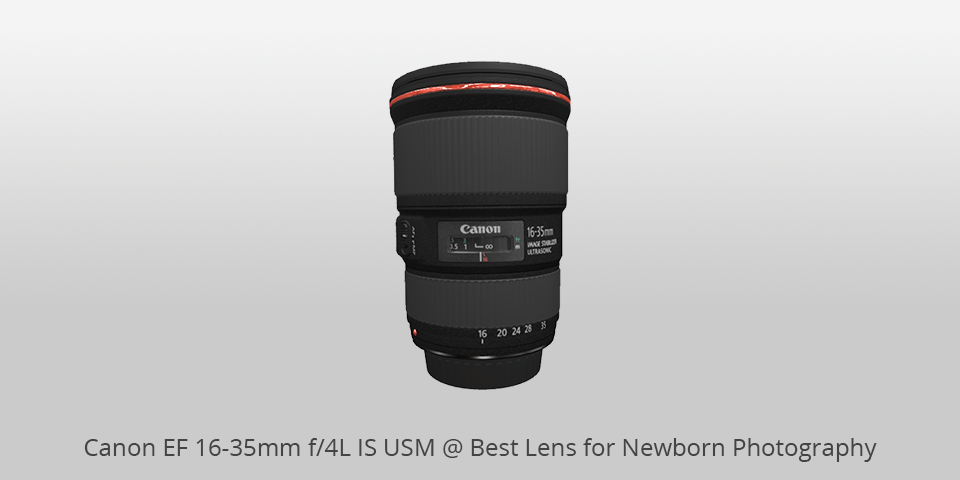
The lens features two UD elements and three aspherical elements which help reduce distortions and chromatic aberrations, resulting in sharper and clearer images. It also has a wide-angle zoom range, which is great for capturing more of the scene in your frame.
It's also very versatile and can be used for a variety of shooting situations such as weddings, photojournalism, and architecture. This makes it a great option for taking tiny, easy-to-handle baby passport photos that only need to be taken once.

Photo by Canon EF 16-35mm f/4L IS USM
Some other features this lens include its fluorine coating which helps prevent dust and water droplets from sticking to the lens surfaces, its full-time manual focus for precise focusing even in AF mode, and its circular 9-blade aperture which creates beautiful background blur.
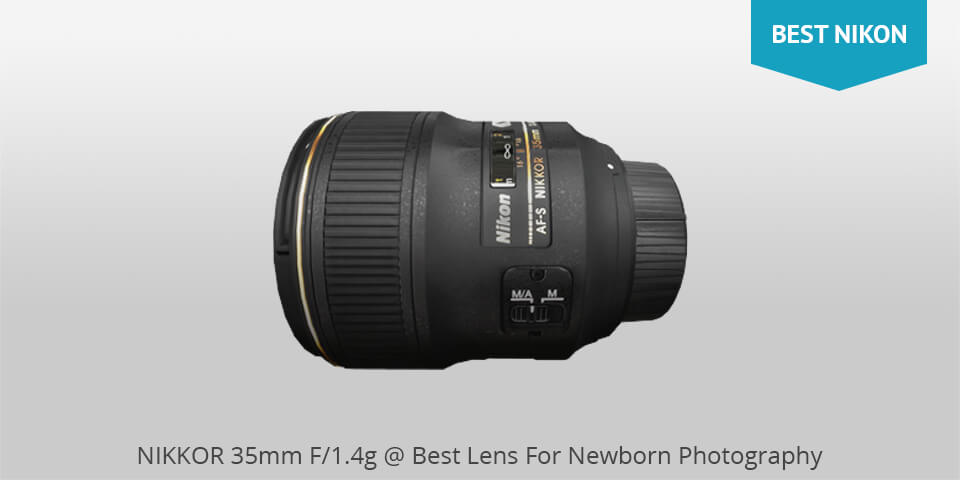
The Nikon lens has a fast f/1.4 aperture which allows for low-light capabilities and shallow depth of field, making it an exceptional wide angle lens for Nikon and perfect for isolating subject matter. This feature is particularly useful in newborn shooting, where the focus is on capturing the details and emotions on a baby's face and body.

Photo by NIKKOR 35mm f/1.4G
Additionally, the lens has a moderate wide-angle perspective, providing a good balance between detail and context. It also produces a soft, creamy background blur that is attractive and not distracting, which is ideal for newborn pictures.
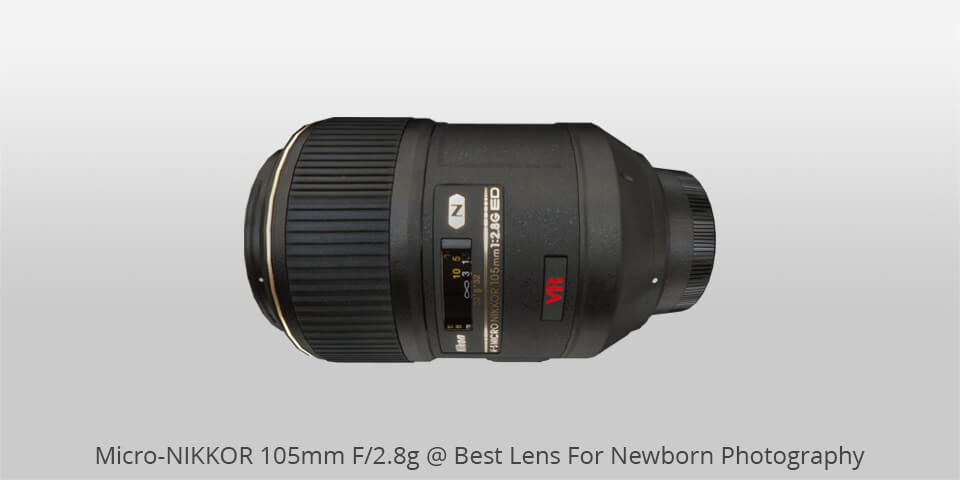
One of the biggest advantages of this Nikon standard lens is its sharpness, making it a great choice for close up baby portraits even for beginners.
It produces incredibly sharp images, even when shooting wide open at f/1.8. This means you can capture every little detail of your subject, from their tiny fingers and toes to the fluff on their ears.

Photo by Micro-NIKKOR 105mm f/2.8G
Another great feature of this lens is its macro capabilities, perfect for capturing those sweet little details that make newborns so special. With a 1:1 magnification ratio, you can get up close and personal with your subject, all from a comfortable distance thanks to its longer focal length of 100mm.
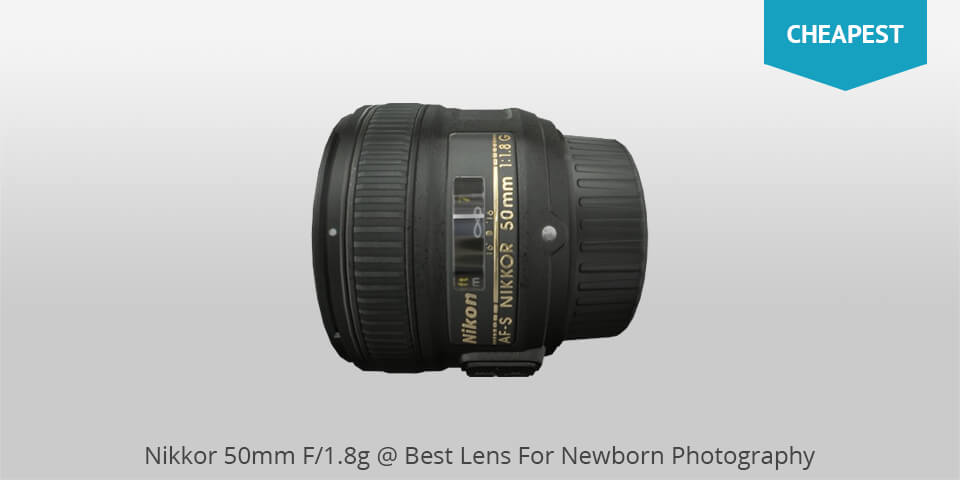
This lens for Nikon is a must-have for all Nikon photography cameras when it comes to capturing beautiful images of cute babies. One of the main advantages of this lens is its fast aperture of f/1.8, which allows for a shallow depth of field and beautiful bokeh, making the babies look even cuter.
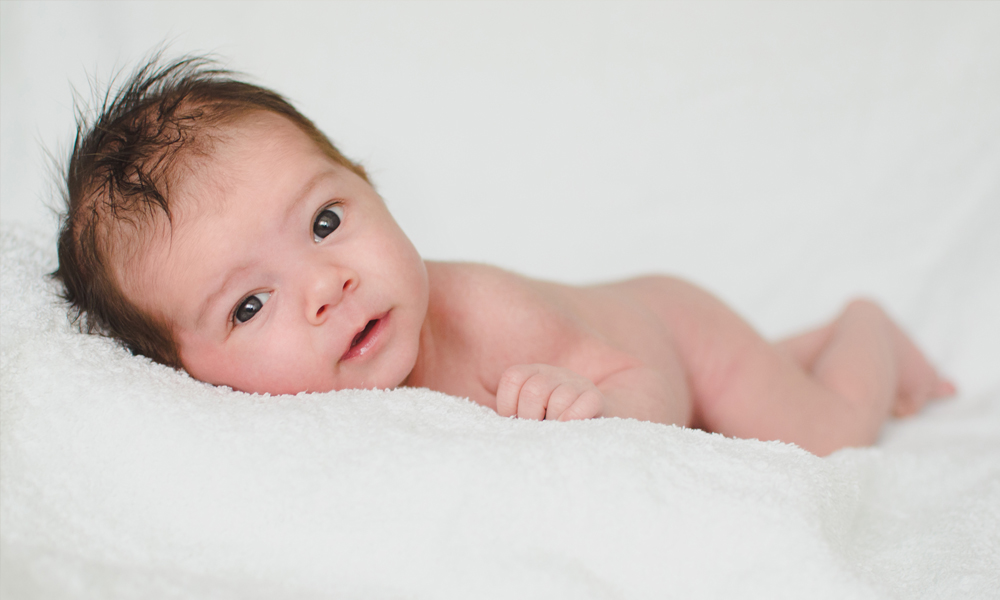
Photo by Nikkor 50mm f/1.8G
Another advantage of the lens is its lightweight and compact design, making it easy to carry around during a newborn photoshoot, especially when working with unpredictable babies.
It also has a silent wave motor for fast autofocus, which is essential when working with cute babies who can't stay still.
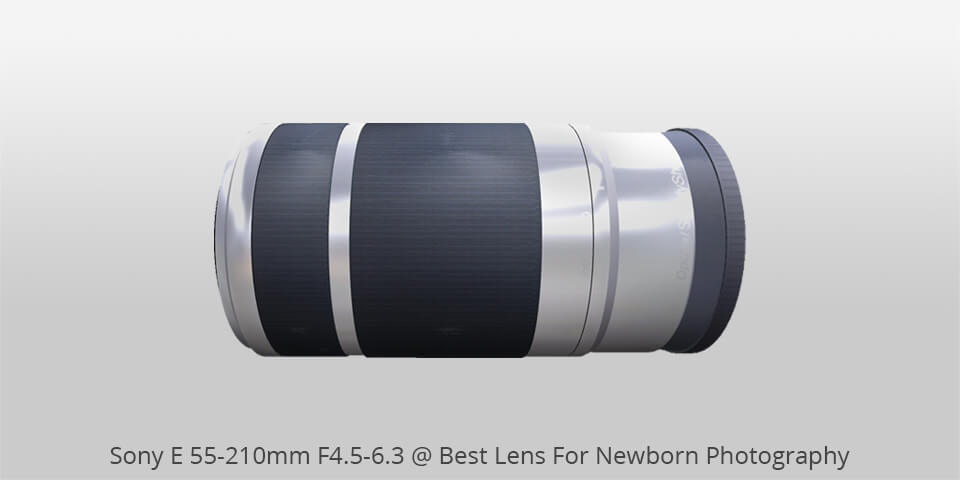
Its fast f/2.0 maximum aperture allows me to achieve better control over depth of field and create beautiful bokeh, making it an excellent telephoto lens for baby photography.
One of the advantages of this lens is its optical image stabilization, which provides smooth, blur-free images while hand-holding a low light camera, ensuring precise shots every time.

Photo by Sony E 55-210mm F4.5-6.3
This feature is especially useful for capturing babies when it is essential to shoot handheld or at long distances. The lens's telephoto zoom capabilities are also excellent for close-up babies’ portraits, and it offers a beautiful blurred background through its 7-lobe circular aperture.
As a lightweight lens, you can easily fit it into your pocket, making it an excellent option for traveling.
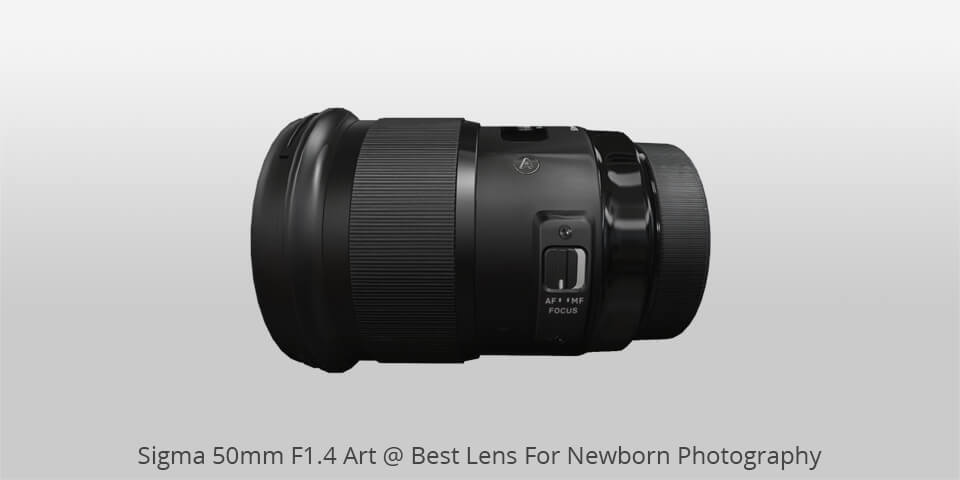
I must say that the Sigma lens is a fantastic newborn photography lens that produces stunning images with incredible clarity and sharpness. Its fast f/1.4 aperture allows me to capture beautiful portraits of newborns with a beautiful bokeh that really makes them stand out.
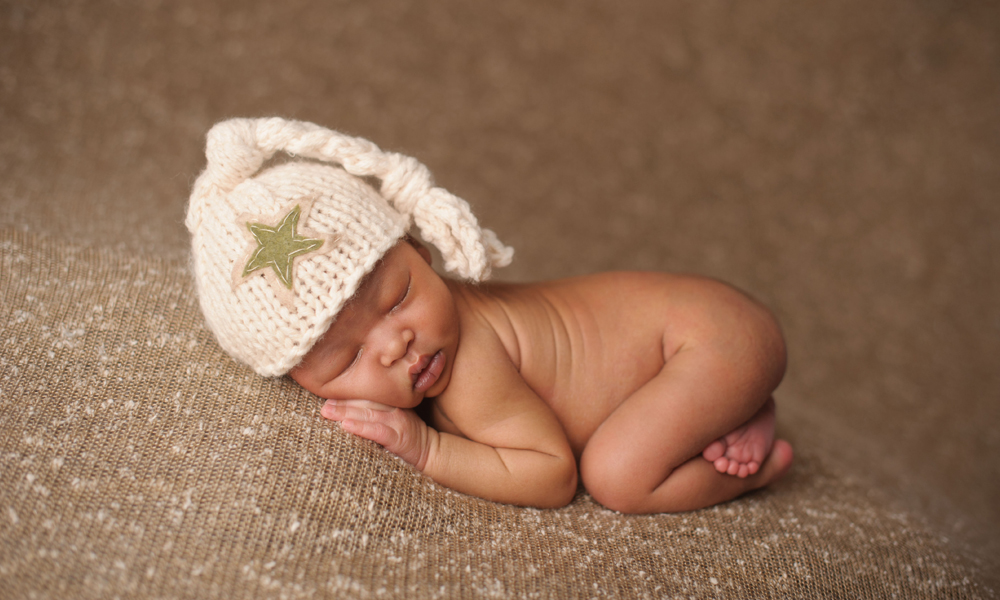
Photo by Sigma 50mm F1.4 ART
One of the main advantages of this lens is that it is very affordable compared to its Canon counterparts, making it a great option for newborn photographers on a budget. Its ease of use also makes it a breeze to set up for each shoot, requiring only one-time adjustments.
Additionally, it has excellent color reproduction, making it perfect for capturing the saturated colors of landscapes and cityscapes, as well as the subtle tones needed for stunning newborn portraits.
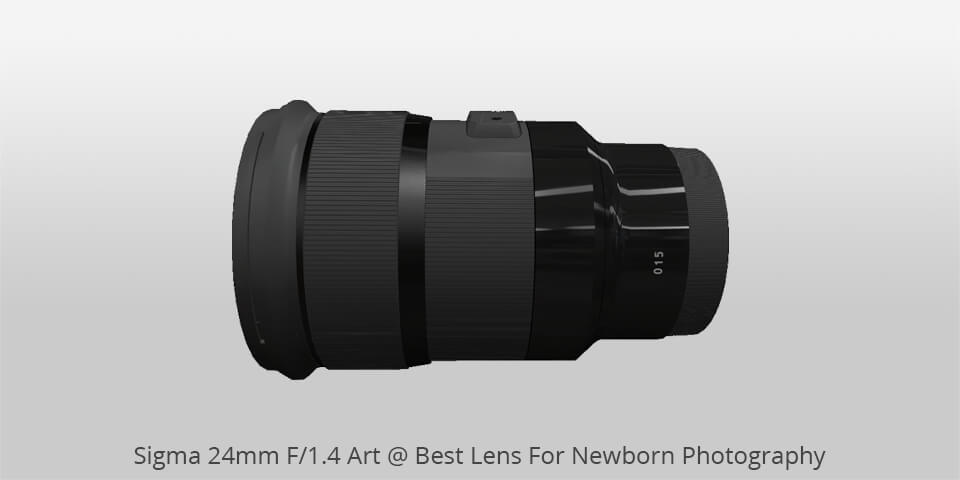
This lens is a great choice for those who want to capture stunning images of newborns and toddlers. It offers a wide-angle view, which is perfect for capturing the entire room and environment, allowing you to create beautiful, natural-looking shots.
Additionally, the lens has a fast f/1.4 aperture, which makes it ideal for low-light situations and creating beautiful bokeh effects.
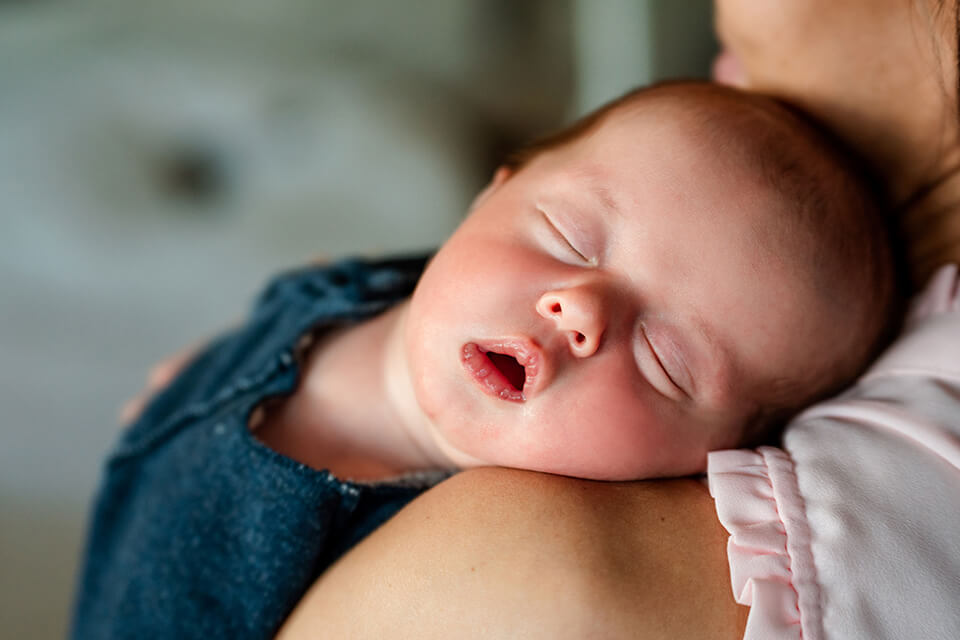
Photo by Sigma 24mm f/1.4 Art
One of the standout features of this lens is its exceptional optical performance, which makes it a top choice for lenses for newborn photography, often used by family photographers.
It includes three ''F'' Low Dispersion (FLD) elements, four Special Low Dispersion elements, and nine rounded diaphragm blades for excellent sharpness and chromatic aberration resistance.

Tamron 70-180mm F/2.8 Di II provides great combination of quality, light weight, and affordability that photographers will appreciate.
The lens's wide aperture gives it an edge over comparable focal length range lenses with narrower f-stops, which can often result in blurry pictures. That's why the fast f/2.8 aperture of this lens is a great advantage.
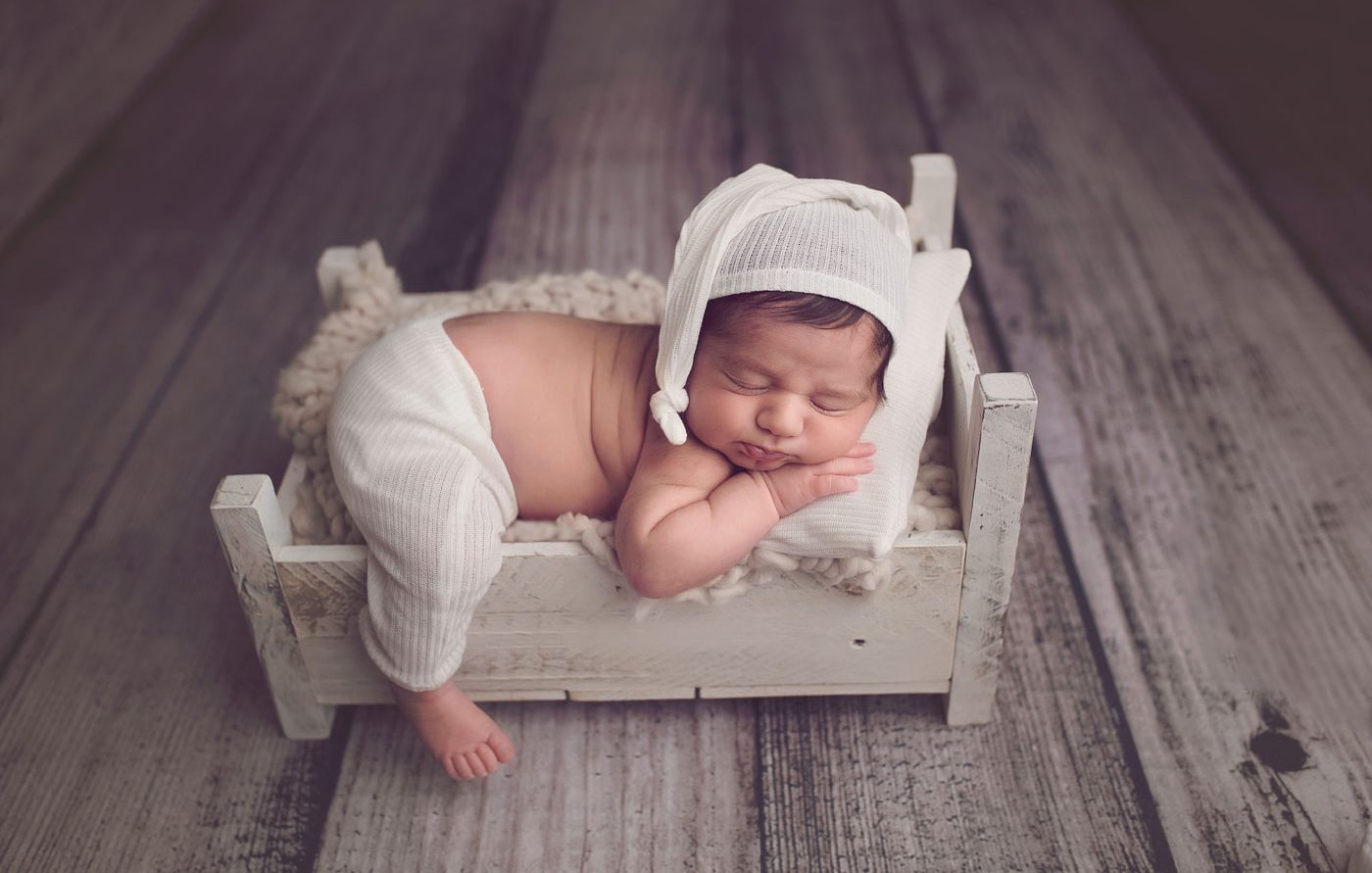
Photo by Tamron 70-180mm F/2.8 Di II
When comparing focal length, this lens is definitely worth considering. It's also lightweight and small, making it easy to carry around, and can be used in low light conditions, which is a common issue for photographers wondering why their pictures are blurry.
The lens has a high-quality image stabilizer that allows you to take amazing photos in low-light conditions without worrying about getting blurry images.
| IMAGE | NAME | FEATURES | |
|---|---|---|---|
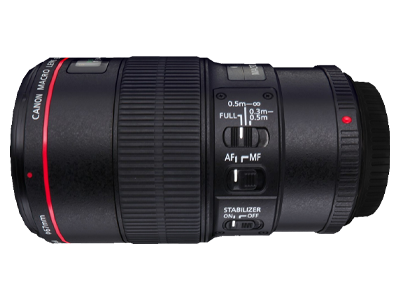
|
Canon EF 100mm f/2.8L
UNIVERSAL
|
CHECK PRICE → | |
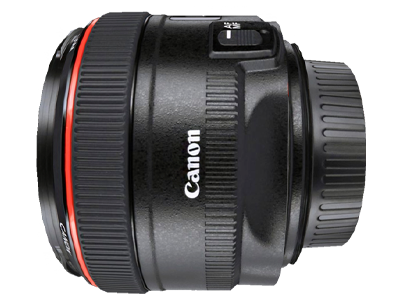
|
Canon EF 50mm f/1.2 L
LIGHTWEIGHT
|
CHECK PRICE → | |
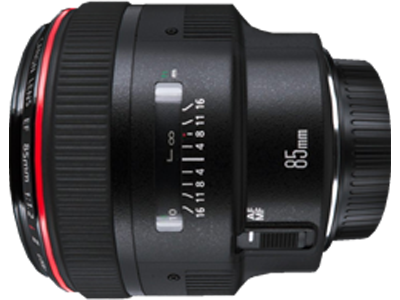
|
Canon EF 85mm f1.2 L II
SILENT
|
CHECK PRICE → |
Now I want to talk to you about the important characteristics and lens functions that you should consider when choosing the best lens for newborn photography.
Focal length. When it comes to focal length, a telephoto portrait lens is ideal for newborn photography. It gives you nice compression of the baby's face and makes the background elements seem closer to them.
An 85mm with a low f-stop can yield beautiful portraits with stunning bokeh. But, don't be afraid to try different lenses for different styles of shooting.
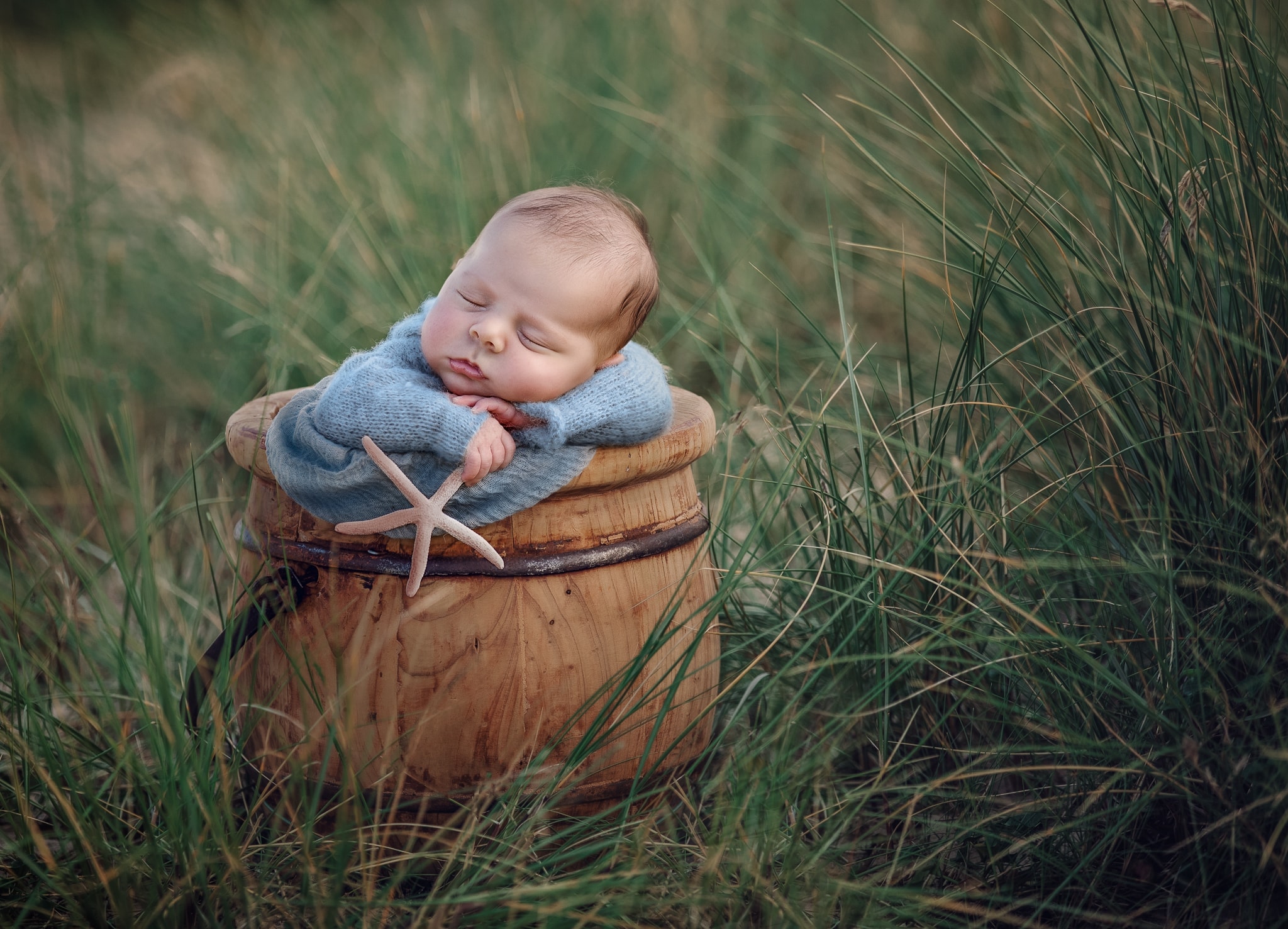
Minimum focus distance is also crucial in capturing those tiny details. A lens with a focusing distance between five and seven feet from your subject is ideal for shallow depth of field and capturing that cherub-like appearance of your baby.
Aperture is another important feature to consider when choosing a newborn photography lens. A low minimum aperture allows you to shoot in nearly any light and create beautiful images with a shallow depth of field.
Look for an aperture of about f/2.8 or wider. This will give you the best chance to capture pics of childbirth in low light conditions.
Image stabilization is necessary to capture sharp, crisp images even in low light conditions. It also prevents blur from camera shake, which is especially useful when taking action shots of a baby or infant. Make sure you choose a lens with image stabilization for the best results.
Consider the quietness of the lens when shooting. Some lenses have quieter focusing mechanisms, which can minimize the chance of waking up a sleeping baby during a photoshoot.
One of the most important elements that can make or break your shot is newborn photography lighting. That's where filters come in.
Optical filters are a great way to alter the type and intensity of light before it reaches your lens. They can help you control the amount of light that enters your camera, and can also help you achieve a certain mood or effect in your photos.
Using optical filters together with your lens, such as a neutral density filter, is a great way to improve your photos, especially when you're shooting in low-light conditions with a lens for newborn.
These filters help to reduce the volume of light that reaches the lens, which can help you to capture the baby's skin tones more accurately. Additionally, this will reduce the risk of color casts and other issues.
| IMAGE | NAME | FEATURES | |
|---|---|---|---|

|
Altura Photo Lens Filter Kit
|
CHECK PRICE → |
Close-up filters are mainly designed for macro baby photos since they bring you closer to the subject, reducing the lowest focal distance. They represent an inexpensive way of upgrading to a macro lens if you have a prime one. Prime lenses are great for children macro photography since they have a fixed focal length, resulting in sharper images.
However, they can make the overall picture quality a little bit lower. If you’re chasing after the best image quality, buy a macro lens.
You can also attach several close-up filters to strengthen the zoom effect, but that will only damage the picture quality. Babies lens can also benefit from close-up filters to capture tiny details in their features.
| IMAGE | NAME | FEATURES | |
|---|---|---|---|
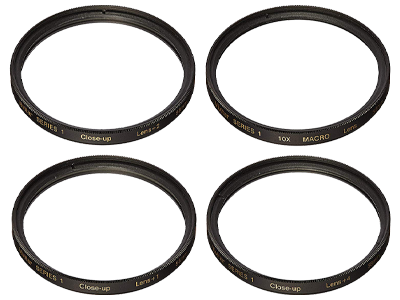
|
Vivitar Close-Up Macro Filter
|
CHECK PRICE → |
A reversing ring is an inexpensive, camera-specific adapter that allows you to mount your lens backward on your camera. This technique converts your standard lens into a macro one without spending much money.
If you're looking to capture sharp details while shooting babies, you can use a 50mm lens with a reversing ring. This will allow you to capture close-up shots of your little one without spending a lot on a dedicated macro lens.
With the reversed lens, you can achieve a greater magnification and capture the tiniest details of your baby's features. Just be sure to use proper lighting and focus techniques to get the best results.
| IMAGE | NAME | FEATURES | |
|---|---|---|---|
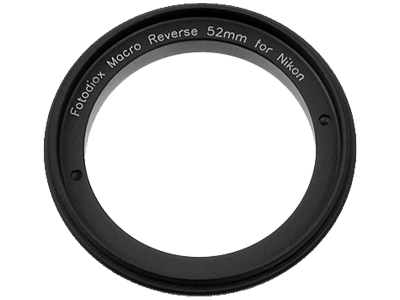
|
Fotodiox Macro Reverse Ring
|
CHECK PRICE → |